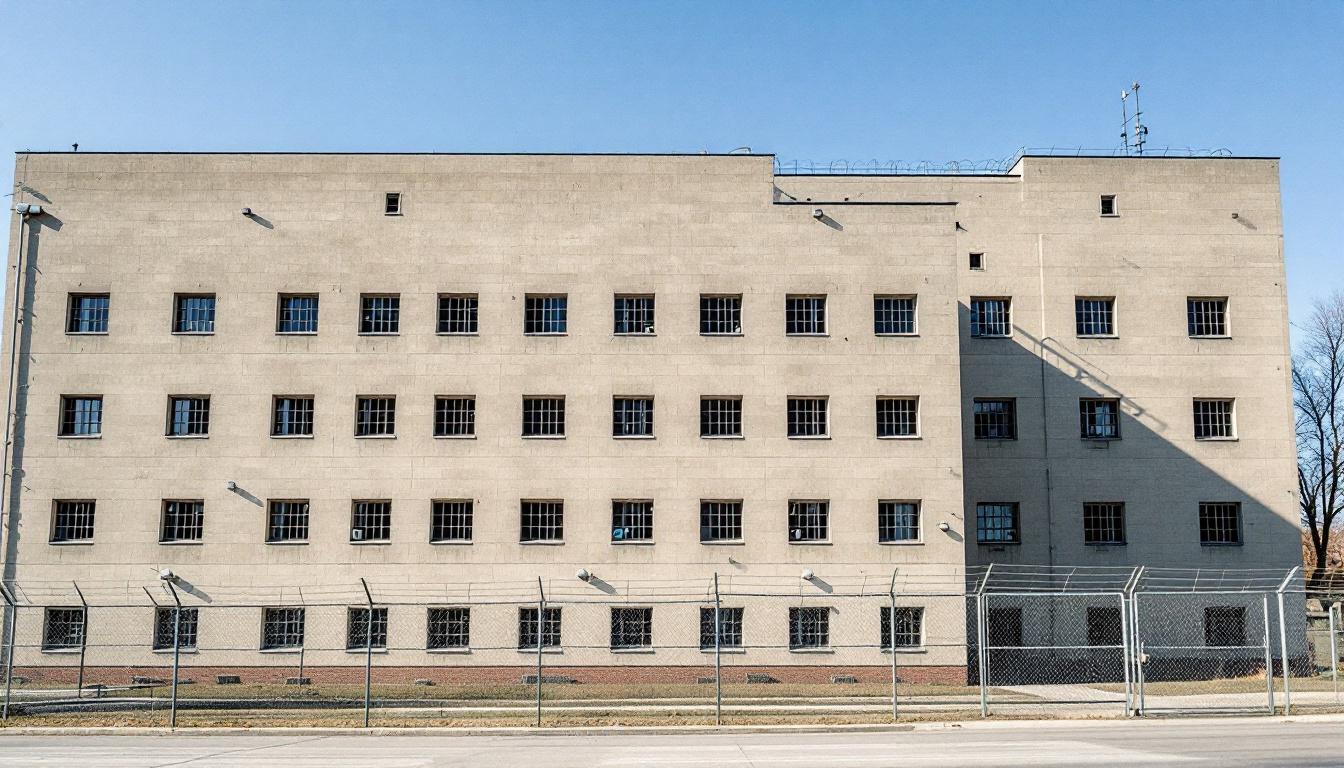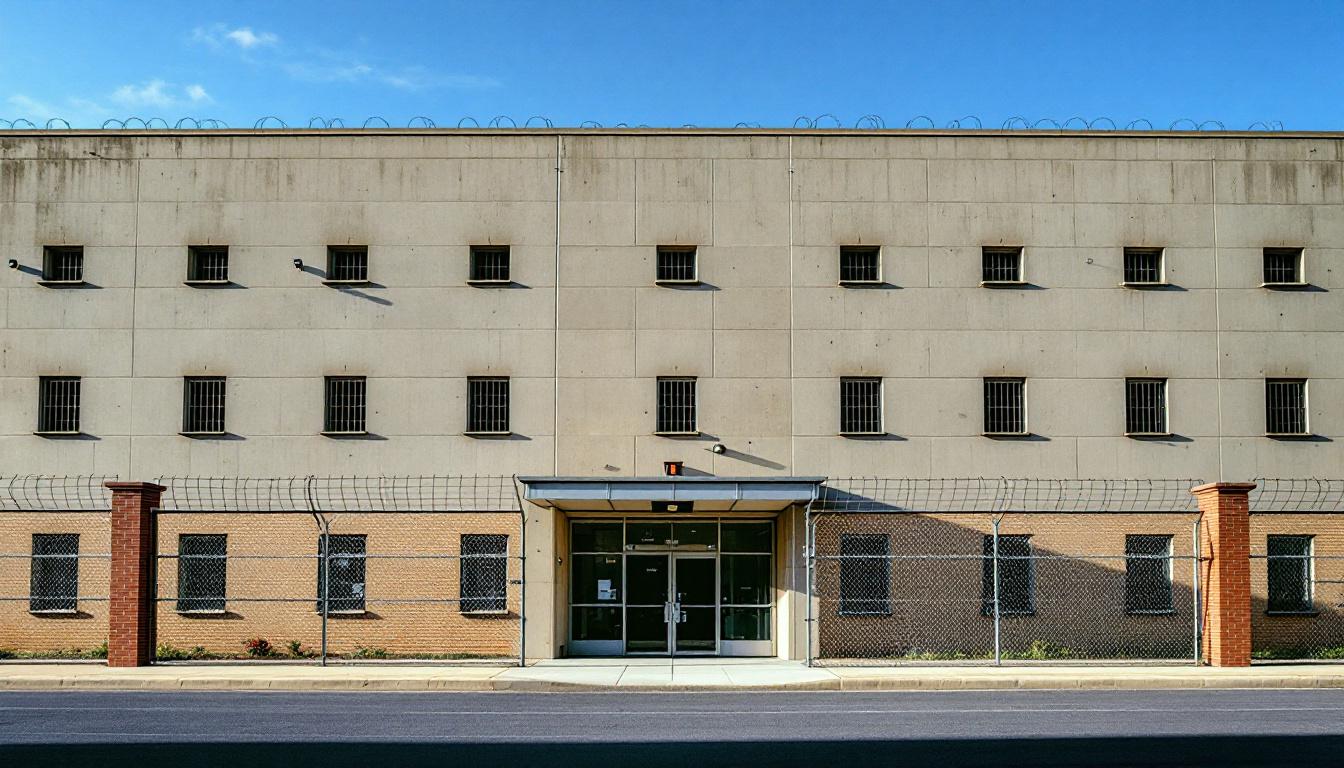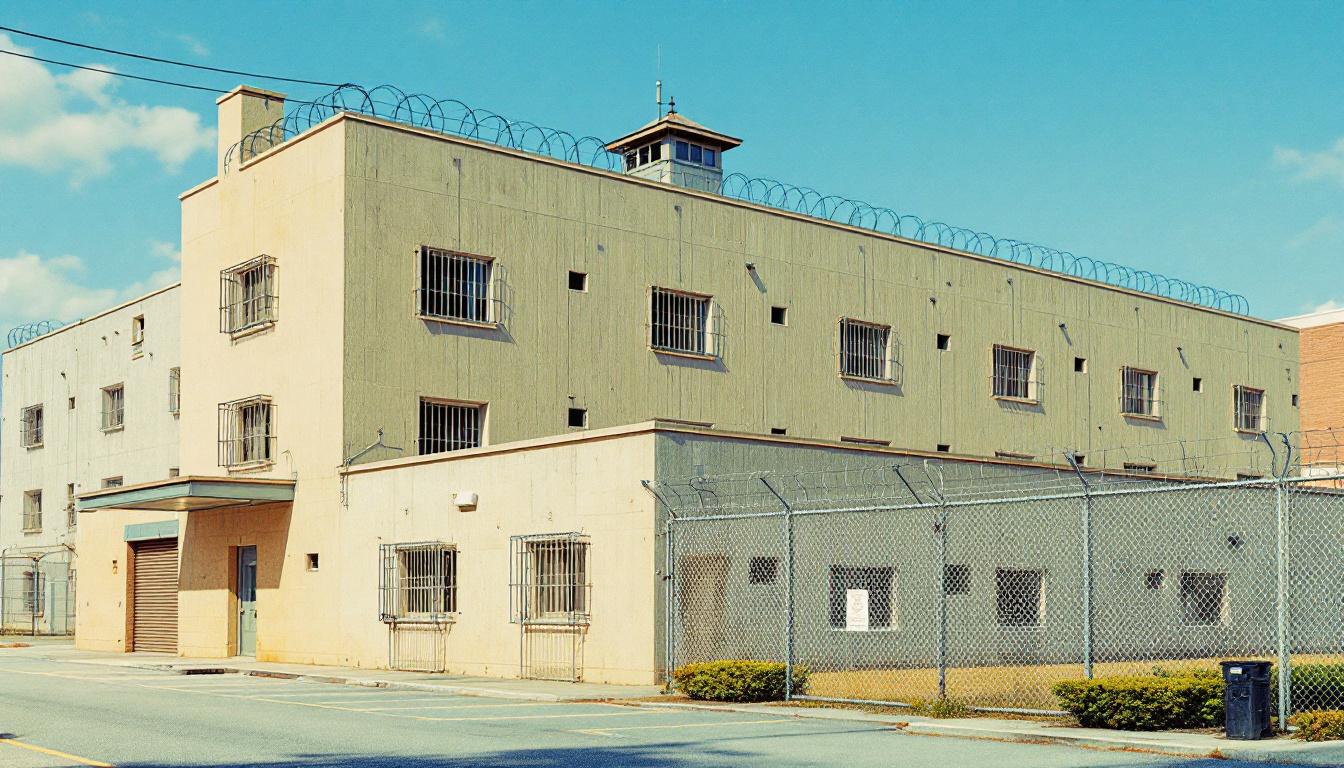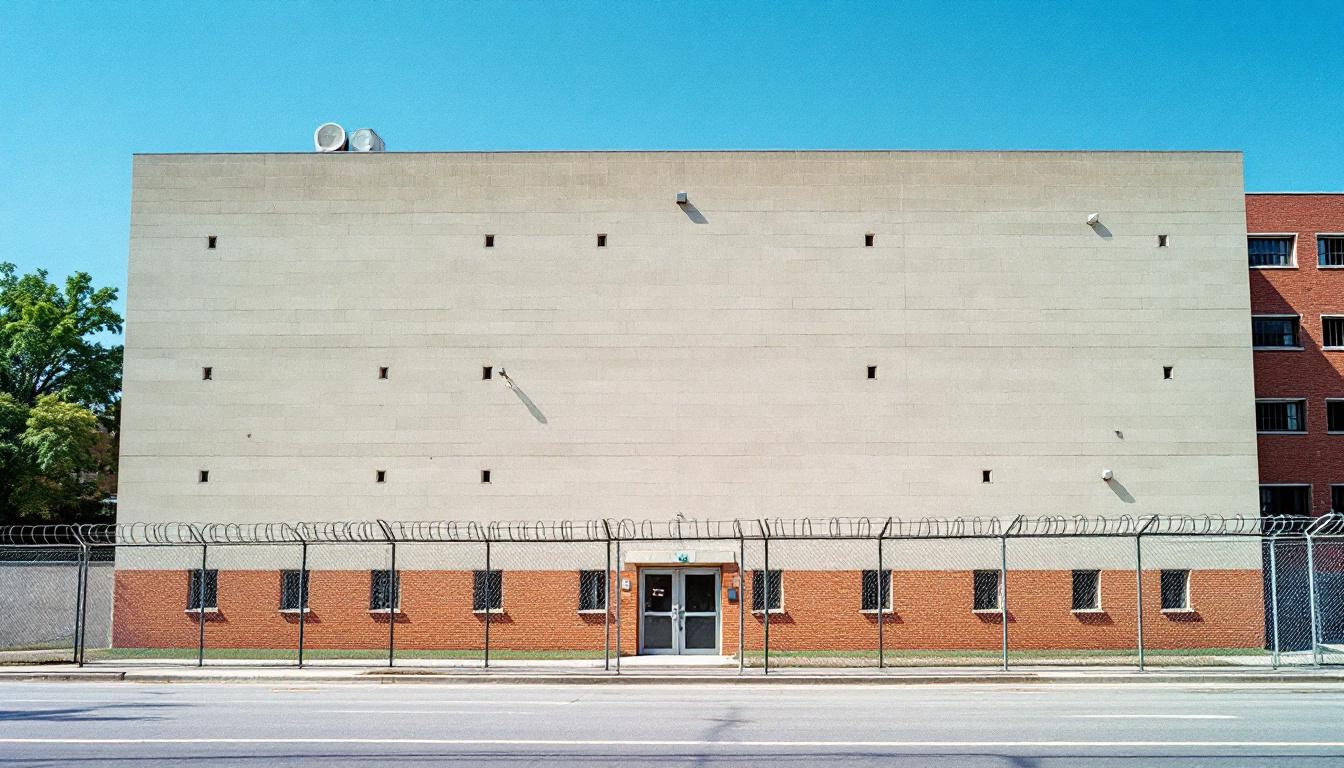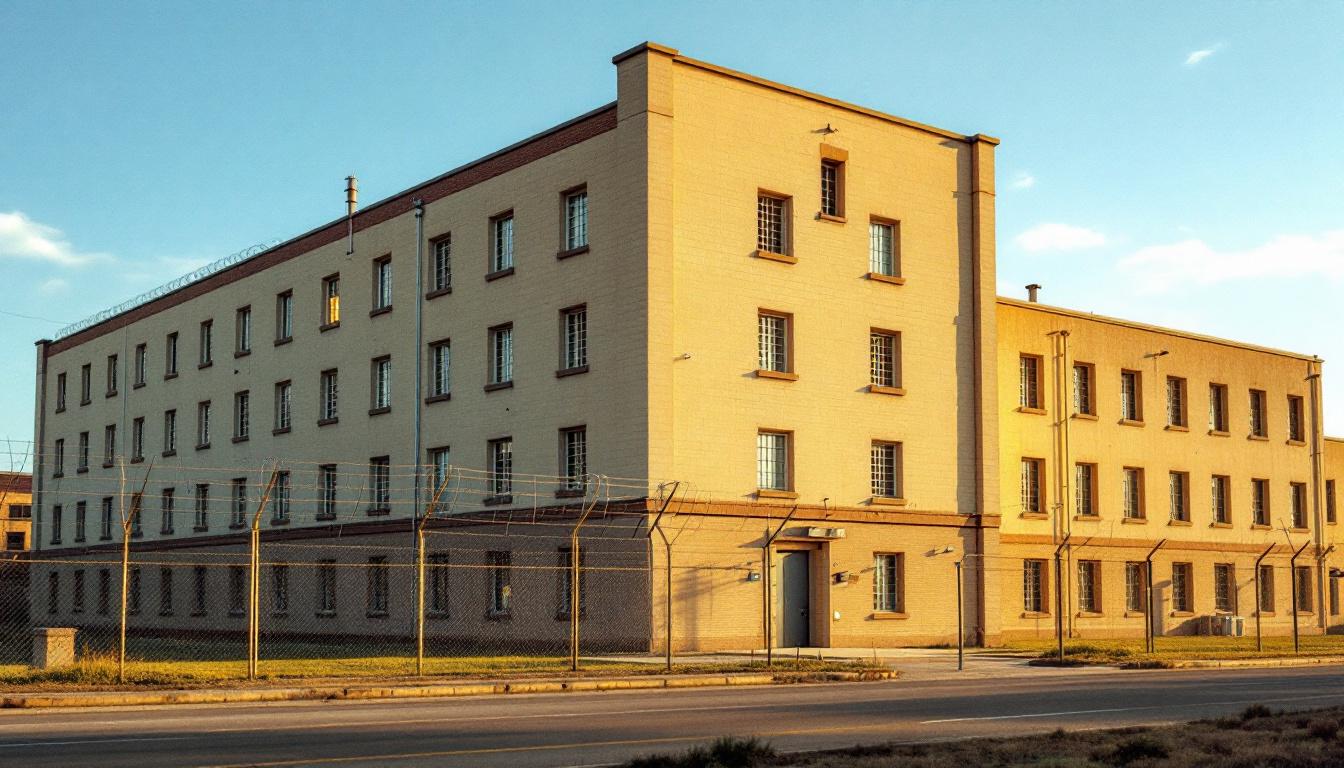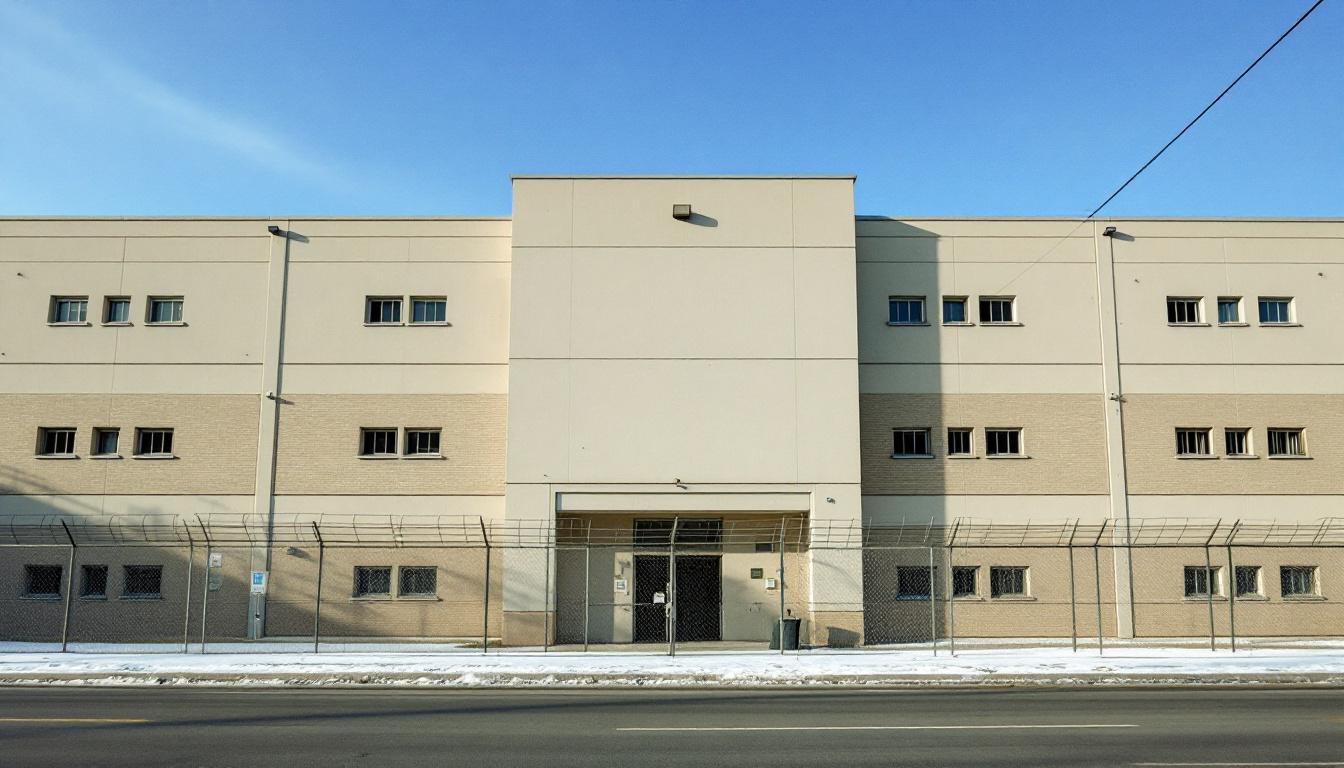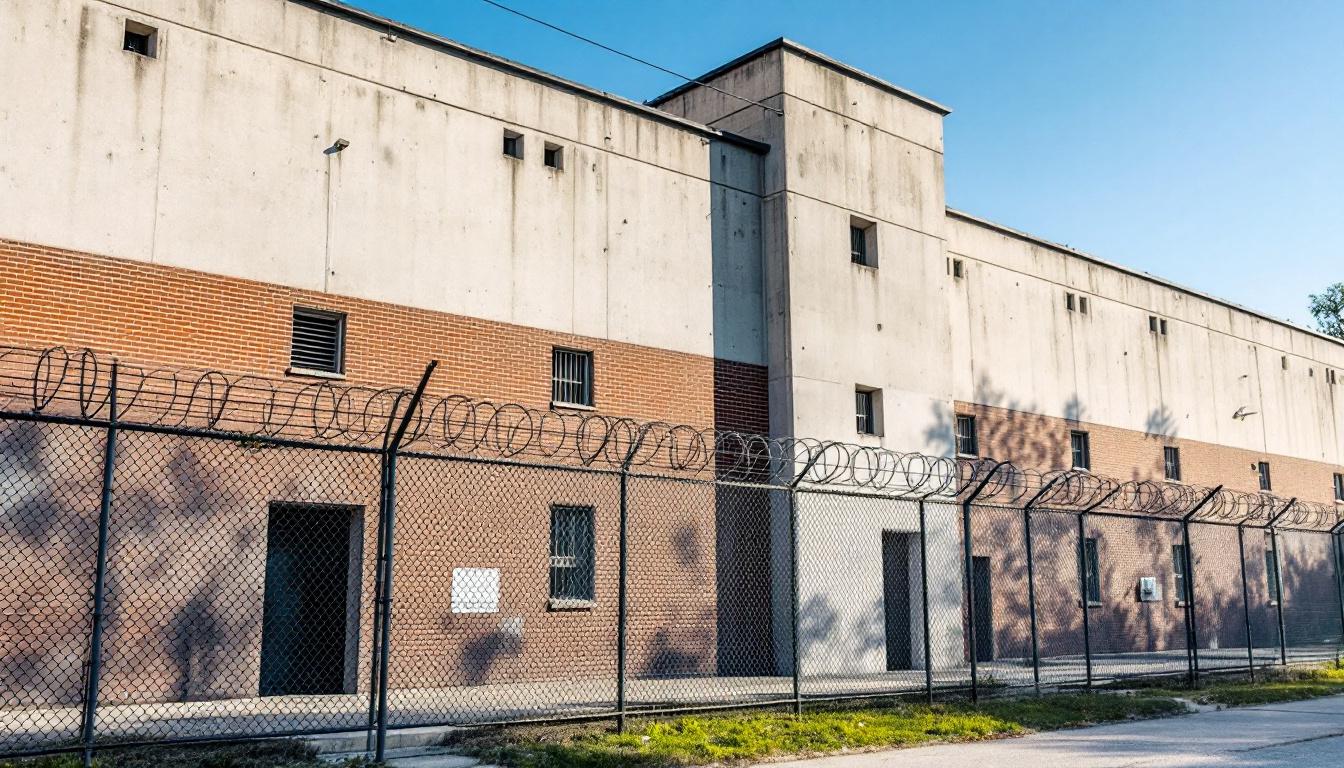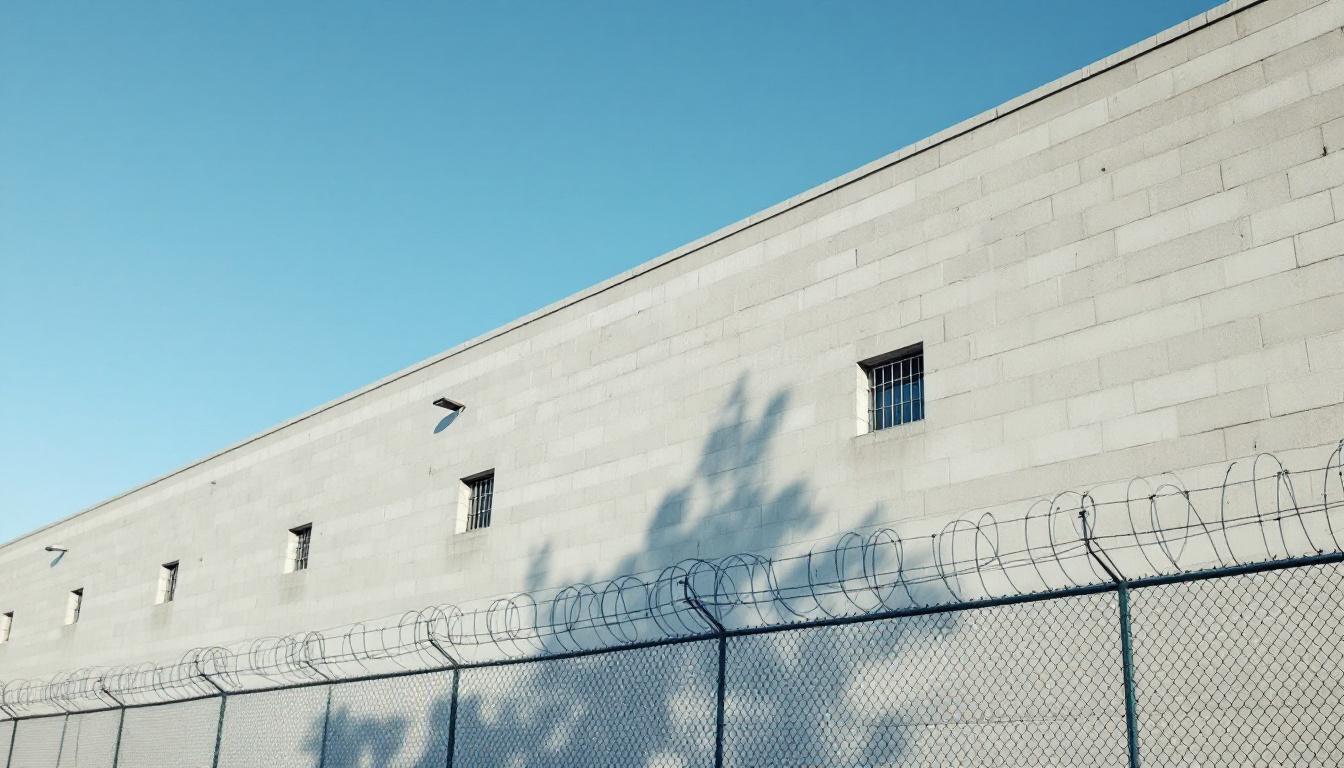
Quick Navigation
How to contact an inmate at Great Meadow
This comprehensive guide will walk you through how to connect with an inmate at Great Meadow. Follow the steps below to find an inmate and send letters and photos:
- Search for the inmate using our search tool below
- Create your account or log in to Penmate
- Write your message (up to 6,000 characters)
- Send instantly - inmates receive printed copies daily
Find an Inmate
Search for an inmate to start communicating today
Tip: You can search by first name, last name, or inmate ID number
To contact a person at Great Meadow start by searching for the person on the official facility website. Perform a search by following these steps:
- Step 1: Enter their first name and last name into the search form and click "Search"
- Step 2: Locate their inmate record
- Step 3: Write down their Inmate ID and any housing information provided
Important! Be sure to enter the person's full name. Nicknames should not be used.
How to Send Messages to Inmates

You can use your phone or computer to send emails, letters, and photos to an inmate. Messages are sent electronically to inmate tablets or kiosks at the facility. If you would like to send a message, start by searching for an inmate at Great Meadow.
Sending Photos and Postcards

A great way to send love and support to a loved one at Great Meadow is to send photos and postcards. It only takes a few minutes to send photos from your phone and it makes a huge difference. You can also mail postcards with words of support and inspiration, or design your own postcard for special moments like birthdays and holidays.
Important! Be sure not to send any explicit photos or they may not be approved by the facility. You can also use a photo printing app like Penmate to make sure your photos are printed at the correct size (4x6 or 3x5) and are mailed according to the rules and regulations of Great Meadow.
Frequently asked questions about Great Meadow
-
How long does it take to deliver a message?
If you're sending an email message your letter is usually delivered within 24-48 hours. For messages sent via mail you should expect delivery within 3-7 days. All messages will need be approved by Great Meadow.
-
How much does it cost to send a message to Great Meadow?
You can send a message free using your phone or mail a message via USPS for the price of a $0.60 stamp and envelope. You can also purchase credits or e-stamps from services starting at $1.99.
-
What services can I use to contact an inmate at Great Meadow?
Penmate
You can use Penmate to send letters and photos to an inmate from your phone. It's an easy way to stay in touch during your loved one's incarceration. Use the inmate locator to find an inmate's location and contact information, then you can send messages within a few minutes.
Securus messaging
Securus may be another option for communicating with an inmate at Great Meadow. You can create a friends and family account and purchase credits to send messages. All messages will be reviewed and must be approved by the facility.
JPay
Some county jails and state prisons may support sending messages with JPay. You must register an account with the system, find your loved one, and purchase stamps to send messages. For some locations you can also attach photos.
Smart Jail Mail
You may also check if Smart Jail Mail is available at Great Meadow. Smart Jail Mail is operated by Smart Communications and has contracted with some state and county jails. After purchasing credits, your messages and photos are sent to the facility, printed out, and then handed out to your loved one.
-
What is the mailing address of Great Meadow?
Mailing address:
Great Meadow
11739 NY-22
Comstock, NY 12821
Phone: (518) 639-5516 -
What are the visiting hours at Great Meadow?
Visiting hours at Great Meadow vary by housing unit and security level. Generally, visits are scheduled on weekends and holidays, with some facilities offering weekday visits. Contact the facility directly at (518) 639-5516 or check their website for the current visiting schedule. Visits typically last 30-60 minutes and must be scheduled in advance.
-
What items are prohibited when sending mail to Great Meadow?
Prohibited items typically include: cash, personal checks, stamps, stickers, glitter, glue, tape, staples, paperclips, polaroid photos, musical or blank greeting cards, hardcover books, magazines with staples, and any items containing metal or electronics. Only send letters on plain white paper with blue or black ink. Photos must be printed on regular photo paper (no Polaroids). Always check with Great Meadow for their specific mail policies.
-
How do I send money to an inmate at Great Meadow?
You can send money to an inmate at Great Meadow through several methods: 1) Online using JPay, Access Corrections, or the facility's approved vendor, 2) Money orders mailed directly to the facility with the inmate's name and ID number, 3) Kiosks located in the facility lobby, or 4) Over the phone using a credit or debit card. Fees vary by method, typically ranging from $2.95 to $11.95 per transaction.
-
Can I schedule a video visit with an inmate at Great Meadow?
Many facilities now offer video visitation as an alternative to in-person visits. At Great Meadow, video visits may be available through services like Penmate, Securus Video Connect, GTL, or ICSolutions. Video visits typically cost $10-20 for 20-30 minutes and must be scheduled in advance. You'll need a computer or smartphone with a camera and reliable internet connection. Contact the facility for their specific video visitation policies and approved vendors.
-
What identification do I need to visit an inmate at Great Meadow?
All visitors must present valid government-issued photo identification such as a driver's license, state ID, passport, or military ID. Minors must be accompanied by a parent or legal guardian who can provide the minor's birth certificate. Some facilities require visitors to be on the inmate's approved visitation list, which may require a background check. Contact Great Meadow for specific ID requirements and visitor approval procedures.
-
How can I find out an inmate's release date?
To find an inmate's release date at Great Meadow, you can: 1) Use the online inmate search tool if available, 2) Call the facility's records department, 3) Contact the inmate's case manager or counselor, or 4) Have the inmate provide this information during a call or visit. For privacy reasons, some facilities only release this information to immediate family members.
Facility Overview
Official Website
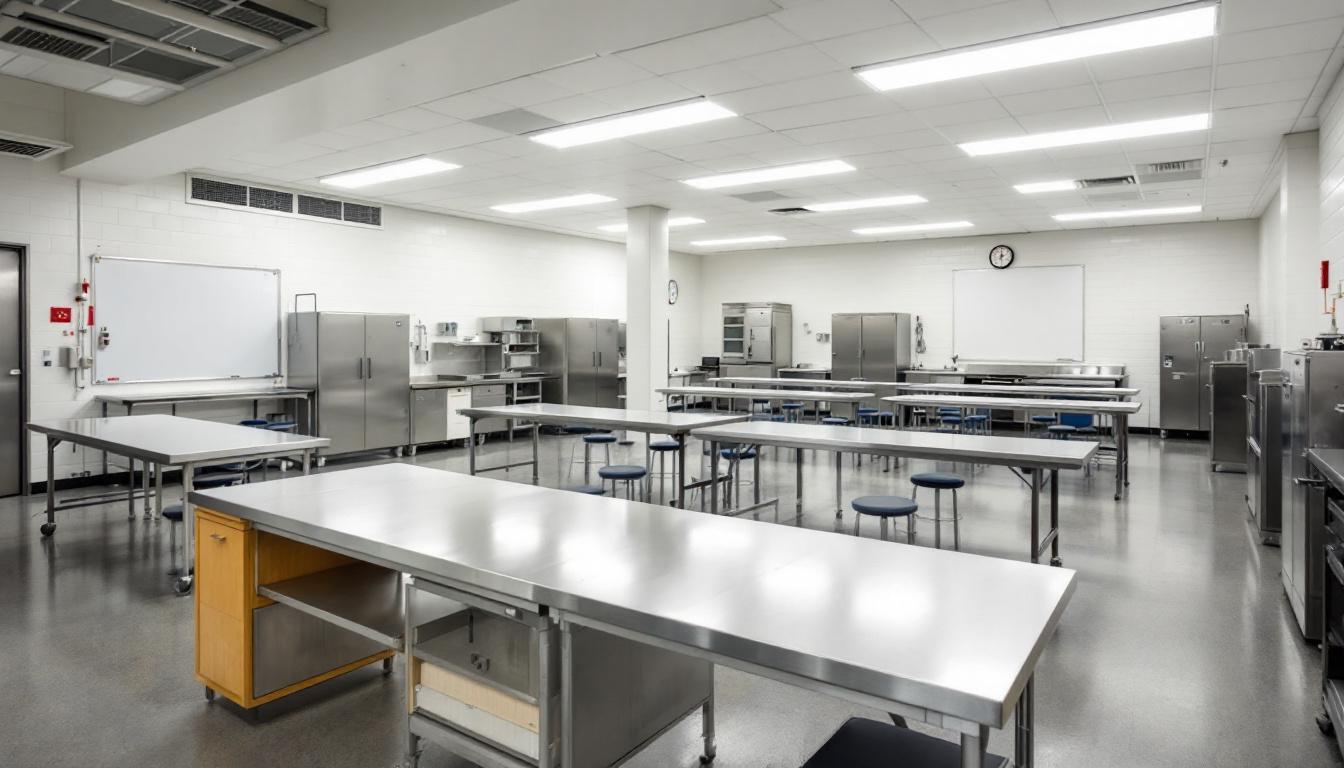
About Great Meadow
Located in the hamlet of Comstock near Fort Ann in Washington County, New York, Great Meadow Correctional Facility served the community as a maximum-security institution for over a century before its closure in November 2024. The facility operated on a substantial 1,000-acre site that the state acquired in 1905, originally intended for a different purpose before legislative appropriations in 1909 redirected the land toward correctional use. Throughout its operational years, the facility maintained its role in New York's correctional system, housing inmates in a complex that featured an original cell block stretching more than 1,000 feet in length with 1,168 individual cells.
The facility's infrastructure typically supported various correctional programs and services common to maximum-security institutions. The complex included administrative facilities, with a newer administrative building constructed in 1932 while the original structure was repurposed as a hospital to serve the medical needs of the inmate population. All corridors within the prison connected to a central main corridor known as the Rotunda, creating an efficient layout for facility operations and security management. The site's natural features, including access to a mountain lake located approximately two miles from the prison, provided practical advantages for facility operations throughout its years of service.
Great Meadow Correctional Facility represented a significant chapter in New York State's correctional history, operating under the management of the New York State Department of Corrections and Community Supervision until its closure. The facility's long operational period and substantial infrastructure likely supported various rehabilitation programs, educational services, and other correctional initiatives typical of maximum-security institutions, serving both the immediate correctional needs and broader public safety objectives of the region.
Programs & Services
**Note: Great Meadow Correctional Facility closed on November 6, 2024. The following information reflects services that were typically available during its operational period.**
During its operational years, Great Meadow Correctional Facility's extensive grounds and infrastructure supported various rehabilitation programs designed to prepare inmates for successful reentry into society. The facility's hospital, which was converted from the original administrative building in 1932, likely provided comprehensive medical and mental health services to the incarcerated population. Given its maximum-security classification and long operational history dating back to 1911, the facility typically offered educational programs that may have included adult basic education, GED preparation, and literacy classes to help inmates develop fundamental academic skills.
The facility's substantial size and infrastructure often supported vocational training programs that could have included maintenance, food service, and facility operations training, allowing inmates to gain practical work experience within the institution. Mental health and substance abuse counseling services were typically available, along with various support groups and therapeutic programs designed to address the underlying issues that may have contributed to criminal behavior. Religious services and chaplaincy programs were commonly offered to provide spiritual guidance and support to inmates of various faith backgrounds.
Great Meadow's programs likely emphasized personal development and life skills training to help inmates develop the tools necessary for successful community reintegration upon release. These services typically included pre-release planning, family reunification support, and connections to community resources, all designed to reduce recidivism and support long-term rehabilitation goals during the facility's operational period.
Daily Life & Visitation
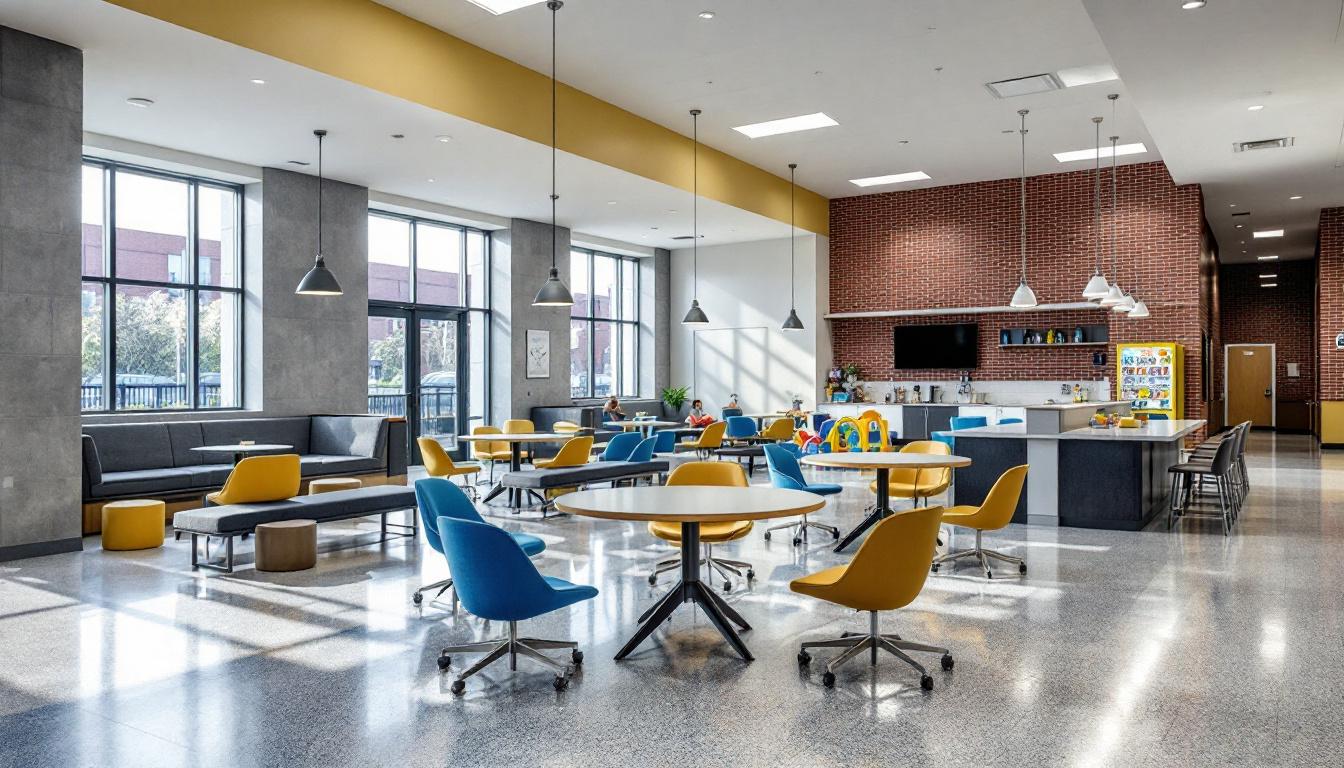
**Note: Great Meadow Correctional Facility closed on November 6, 2024. The following information reflects daily life during the facility's operational period.**
Within the massive cell block that stretched over 1,000 feet long, incarcerated individuals at Great Meadow typically began each day with early morning counts and meal service. The facility's 1,168 individual cells housed residents who would navigate their daily routines through corridors that all connected to the main thoroughfare known as the Rotunda. This central hub served as the heart of movement throughout the maximum-security facility, where residents would travel to various programming areas, work assignments, and common spaces under careful supervision.
The mountainous setting of Washington County provided a backdrop for structured daily activities that may have included educational programs, vocational training, and recreational opportunities typical of New York State correctional facilities. Residents likely participated in work details that helped maintain the sprawling 1,000-acre grounds, while also having access to library services, religious programming, and healthcare through the facility's hospital wing, which was housed in the original administrative building after renovations in 1932. The facility's remote location in Comstock, near Fort Ann, meant that family visits required significant travel for many loved ones, though the New York State Department of Corrections and Community Supervision typically maintained regular visitation schedules and communication policies to help residents maintain important family connections during their incarceration.
Ready to Connect?
Start communicating with your loved one today
Search for an Inmate

